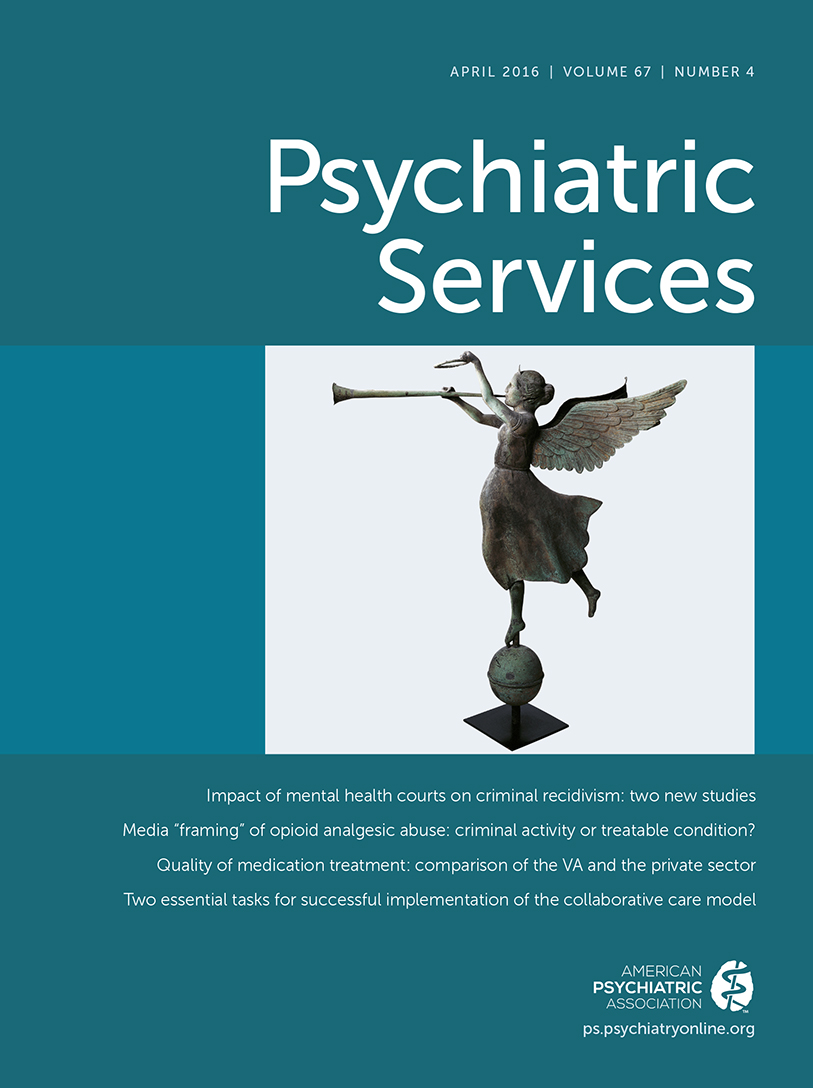The Concentration of Opioid Prescriptions by Providers and Among Patients in the Oregon Medicaid Program
Abstract
Objective:
This study examined the distribution of opioid prescribing across providers and patients and the extent to which concentrated distribution predicts opioid misuse.
Methods:
Using 2013 Oregon Medicaid claims and the National Provider Identifier Registry, this study identified patients who filled at least one opioid prescription and providers who prescribed opioids for those patients (N=61,477 Medicaid beneficiaries). This study examined the distribution of opioid prescriptions by provider and patient, the extent to which high-volume opioid use was associated with potential opioid misuse, and how this association changed when patients received opioids from providers in the top decile of morphine-equivalent doses (MEQ) prescribed in 2013. This study used four indicators of opioid misuse: doctor and pharmacy shopping for opioid prescriptions, opioid prescription overlap, and opioid and benzodiazepine prescription overlap.
Results:
Opioid use and prescriptions were heavily concentrated among the top 10% of opioid users and prescribers. Those high-volume opioid users and prescribers accounted for, respectively, 83.2% and 80.8% in MEQ of entire opioids prescribed. Patients’ increasing use of opioids (by MEQ) was associated with most measures of opioid misuse. Patients receiving opioids from high-volume prescribers had a higher probability of opioid prescription overlap and opioid and benzodiazepine prescription overlap compared with other patients, but the difference was significant only among patients who received high doses of opioids, and the size of the difference was modest.
Conclusions:
Whereas current policies emphasize reducing opioid prescriptions across all patients and providers, study results suggest that focusing policies on high-volume opioid users and prescribers may be more beneficial.



